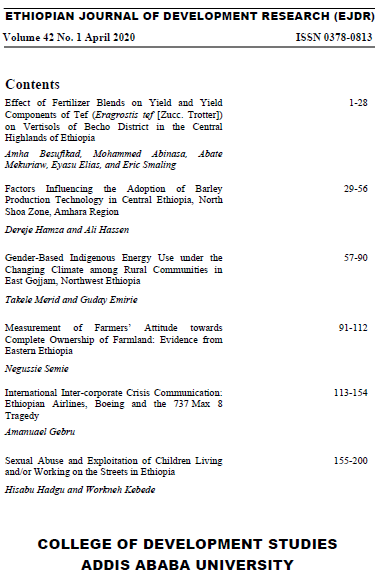International Inter-corporate Crisis Communication: Ethiopian Airlines, Boeing and the 737 Max 8 Tragedy
Keywords:
Max 8, MCAS, Boeing, Ethiopian Airlines, Accident, crisis, framing, certificationAbstract
Leading corporate entities of the developing world often have to swim against the
current as they do business internationally often facing sticky country of origin
stereotypes. The present study interrogated inter-organizational crisis
communication involving the American planemaker Boeing and its client Ethiopian
Airlines over the controversy in the 737 Max 8 aircraft crash near the town of
Bishoftu, which was preceded by a similar accident in Indonesia. Using Coomb’s
situational crisis communication (SCCT), contingency and framing theories as a
theoretical framework and a comparative case study design the study analysed the
interorganizational communicative performance of the two companies representing
the Global North and the Global South within the temporal frame of 2019. The
study used press releases issued by the two companies as the principal sources of
discursive data to identify communicative strategies and crisis frames. Based on the
strategies and frames identified the study further conducted rhetorical framing
analysis to understand the rhetorical dimensions of the crisis communication of the
corporate entities centering on denial, crisis responsibility, corporate apology and
corrective action. By way of complementarily narrative accounts from commercial
aviation and aerospace industry periodicals as well as global media and press
reports were additionally used to address data gaps and obtain a full empirical
picture. The study found that the two companies used differing strategies and
frames with Ethiopian airlines being more on the defensive and Boeing being more
involved in the rhetoric of renewal. The study also discovered that
interorganizational accommodation and corporate advocacy were rhetorically
revealed in the inter-corporate communicative interchange. Implications for theory,
research, methodology, practice and policy are indicated.

